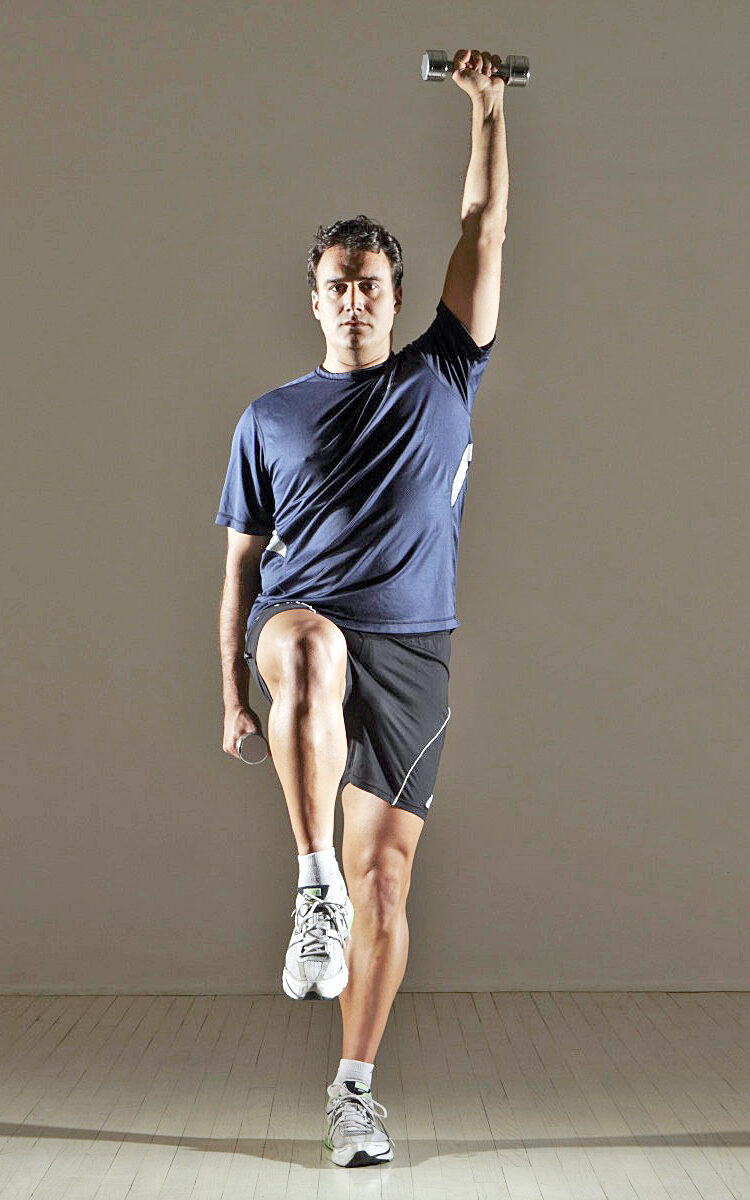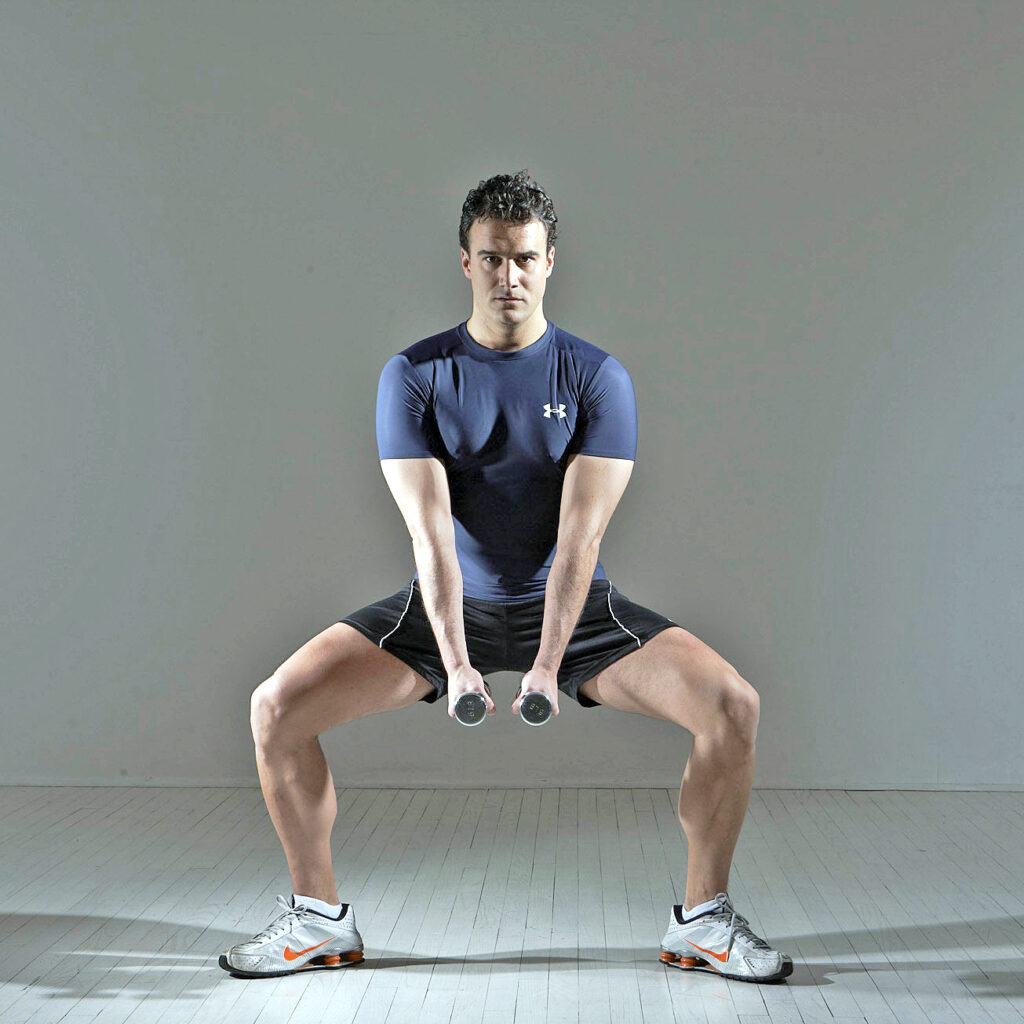Learning new movements not only increases the size of your neurons and the number of synapses in your brain. Here’s what Michael Gonzalez-Wallace a fitness guru best known for developing the Brain Body Fitness Program called Super Body, Super Brain shares:
‘Use it or lose it’ is a phrase you often hear, whether in the gym or at the research lab. If you don’t use your muscles, they wither in atrophy. And if you don’t use your brain, it can wither in its own way, too. Without constant stimulation, it just can’t stay sharp.
Anytime you learn anything-mental or physical, complicated or ludicrously simple-you create new synapses as well as strengthen pre-existing ones in your brain through a process called neuroplasticity. This kind of plasticity has nothing to do with plastic food wrap or storage containers and everything to do with your brain as ‘plastic’ in the sense of being highly adaptable to stimulus and change. Your brain is literally set up so you can keep on learning from day one to the end of your days.
But it’s all too easy to misperceive neuroplasticity as something that’s just about cognitive ability or intellectual function, believing that you can keep your brain in peak shape only through the use of words or numbers-by doing crossword puzzles or sudoku or by learning a new language. Doing so leaves out the vital importance of movement in brain stimulation.
How movement can affect brain function was proven in a well-known study by a neuroscientist, William Greenough, and others in 1991. In this study, rats that exercised in enriched environments were found to have a greater number of synaptic connections than rats that just sat around eating in their cages all day. The amount of movement that the mobile rats had while running on a wheel made their brains grow stronger and smarter.
Fortunately, the same thing happens in our brains as Dr. Wendy Suzuki, associate professor of neural science and psychology at New York University, points out. Learning new movements not only increases the size of your neurons and the number of synapses in your brain’s motor cortex and cerebellum and other areas in the brain, but also creates new neural connections as the neurons in one area of the brain communicate with neurons in other parts of the brain. Even better, the more your brain perceives movements as complicated, even when you might not think they are, the more brain activity is stimulated.
SUBHEAD: Learn the moves
This phenomenon was used in structuring the progressive element in the Super Body, Super Brain exercises, so that you can reap the benefits every time you do a circuit. Here are a few sample exercises for you to try at home:



NOTE: If you’re a woman, use no more than a 3-pound weight if you’re a beginner, a 3- to 5-pound weight if you’re intermediate, and 5- to 7.5-pound if you’re advanced. For men, use no more than a 3-pound weight if you’re a beginner, 5- to 7.5-pound weight if you’re intermediate, and 7.5- to 10-pound if you’re advanced. Do the circuit at least three times a week, but if you want to achieve optimum results, do it every day.




